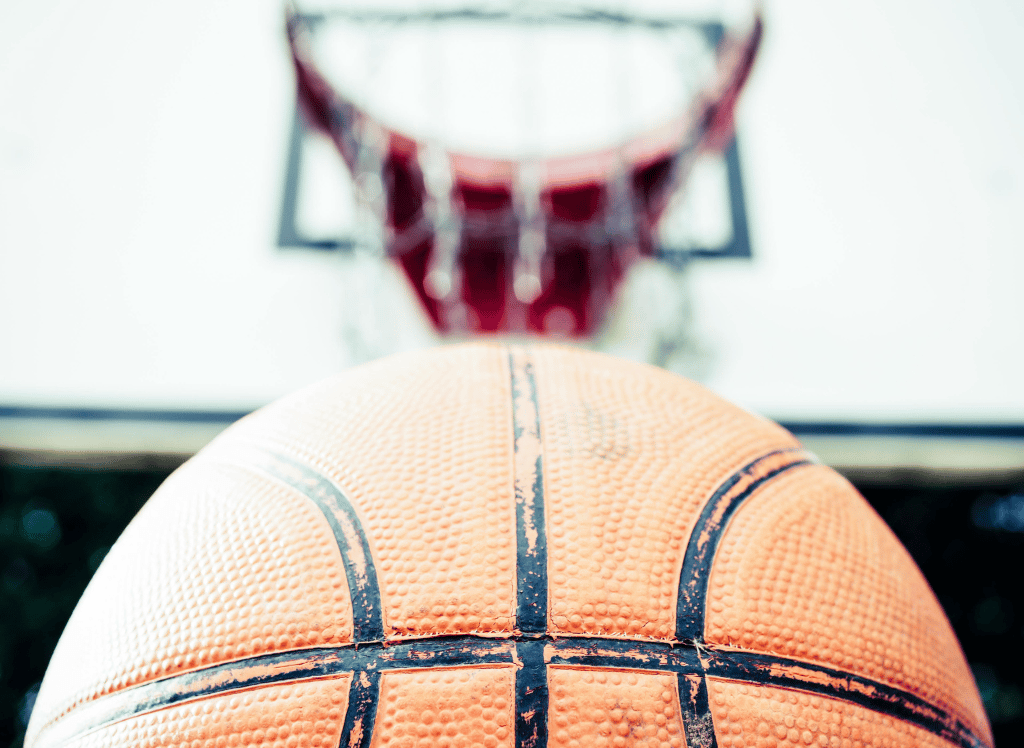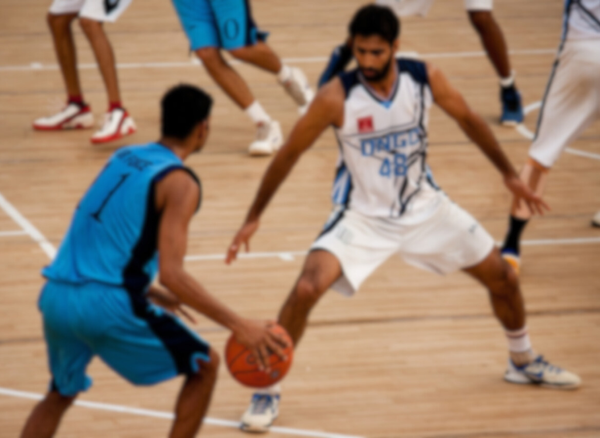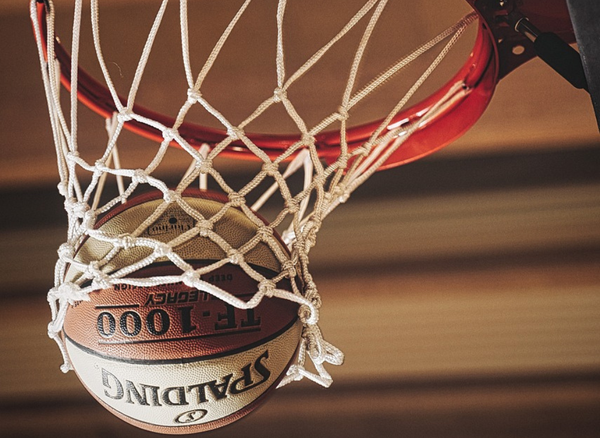Basketball is a game of strategy, skill, and sometimes, a little bit of magic. One of the most crucial strategies in the game is defense, and understanding zone defenses can help players and teams. Here, we'll dive into zone defenses, exploring its mechanics, advantages, and how it can be the key to a win.
What is zone defense in basketball?
It's a defensive alignment where each player is responsible for guarding an area of the court, rather than guarding a specific player from the opposing team. This approach contrasts with man-to-man defense, where defenders guard their assigned player throughout the entire game.
Zone defense requires a strong understanding of spacing and positioning. Defenders must be aware of the offensive players within their zone and be ready to react to the ball's movement. The goal is to force the offense into taking difficult, rushed shots, and to limit dribble penetration by closing down passing lanes.
The Art of Team Synergy
Playing zone defense is like conducting an orchestra; every player's movement is crucial to the harmony of the team's defensive end.
Good team communication is essential
Defenders need to know when to shift, when to double team, and when to hand off an offensive player to a teammate. This synergy can disrupt the game plan of even the most skilled offensive teams.
A zone defense can also be a strategic response to the team's strengths and weaknesses. For example, if a team has weak defenders who struggle with man-to-man skills, a zone can help mask these deficiencies. Similarly, if the opposing team is a strong shooting team, a well-executed zone can limit open shots and force opponents to play against their strengths.
Types of Zone Defense
There are several types of zone defenses, each with its unique structure and purpose.
This formation is particularly effective at protecting the paint area and the free throw line.
This setup can be advantageous against teams that rely heavily on outside shooting. By having more defenders on the ball side elbow and the high post area, teams can challenge shots and disrupt the offensive flow.
Zone Defense in Action
To truly appreciate the effectiveness of zone defense, let's look at some practical examples. Many teams in youth basketball employ a 1-3-1 zone, which places one defender at the top of the key, three across the middle, and one in the low post. This formation can be particularly disruptive due to its ability to cover the entire half court and force turnovers through aggressive trapping.
In the professional ranks, the best zone defenses are those that can adapt to the opposing team's offensive adjustments. For instance, if an opposing team starts to exploit the middle of a 2-3 zone, the head coach might switch to a 3-2 formation to strengthen the middle defense or employ a box-and-one to contain the best player on the opposing team.
Zone Defense and Foul Trouble
One of the strategic benefits of playing zone defense is managing foul trouble. When key players are at risk fouling out, switching to a zone can help. In a zone, defenders guard spaces rather than engaging in one-on-one confrontations, which can reduce the likelihood of committing fouls.
This defensive strategy also allows players to stay in the game longer, as the physical demands are often less intense than those of man-to-man defense. By conserving energy and avoiding unnecessary fouls, players can contribute more effectively throughout the game.
Zone Defense vs. Man-to-Man
While zone defense offers many advantages, it's important to understand when to use it. Man-to-man defense relies on individual defensive player skills and can be more effective in certain situations, such as guarding a team with excellent ball handlers.
However, changing defenses from man to zone can catch the opposing team off guard, disrupt their rhythm, and force them to adjust their offense on the fly. This element of surprise can be a powerful tool in a head coach's arsenal.
The Lost Art of Zone Defense
Some argue that zone defense is a lost art, as many teams favor the aggressive, personal challenge of man-to-man defense. However, those who understand the nuances of zone defense know that it's a potent force when executed correctly. It requires players to think as a unit, anticipate the offense's moves, and react as a cohesive group.
The beauty of zone defense lies in its ability to level the playing field. It allows teams with less individual talent to compete against better-skilled opponents by relying on collective effort and strategic positioning.
Preparing for Zone Defense
For teams looking to implement or improve their zone defense, practice is key.
Players must learn to read the offense, anticipate skip passes, and close out on shooters without giving up easy baskets in the paint.
Coaches should also emphasize the importance of rebounding in a zone defense. Since players are not assigned to specific opponents, boxing out and securing rebounds can be more challenging. Teams must work on securing their designated areas and preventing second-chance points.
FAQ Section
When should a team play zone defense instead of man-to-man?
A team should consider playing zone defense when they want to protect the paint, manage players in foul trouble, conserve energy, or when facing a team that struggles with outside shooting. It's also useful for disrupting the rhythm of the opposing team's offense.
Can zone defense be used throughout the entire game?
While it's possible to use zone defense for an entire game, most teams opt to switch between man and zone to keep the opposing team off balance. Constantly changing defenses can be an effective way to challenge the offense and force them to adapt.
How do teams prepare to face a zone defense?
Teams prepare to face a zone defense by practicing ball movement, finding gaps within the zone, and improving their outside shooting. Effective strategies include using dribble penetration to collapse the zone and finding open players for high-percentage shots.
Summary
Zone defense in basketball is a powerful tool that, when mastered, can turn a good team into a formidable opponent. It's a collective effort that emphasizes team over individual, strategy over brute force, and intelligence over athleticism. By understanding the principles of zone defense, teams can protect the paint, manage foul trouble, and challenge even the best offensive players.









